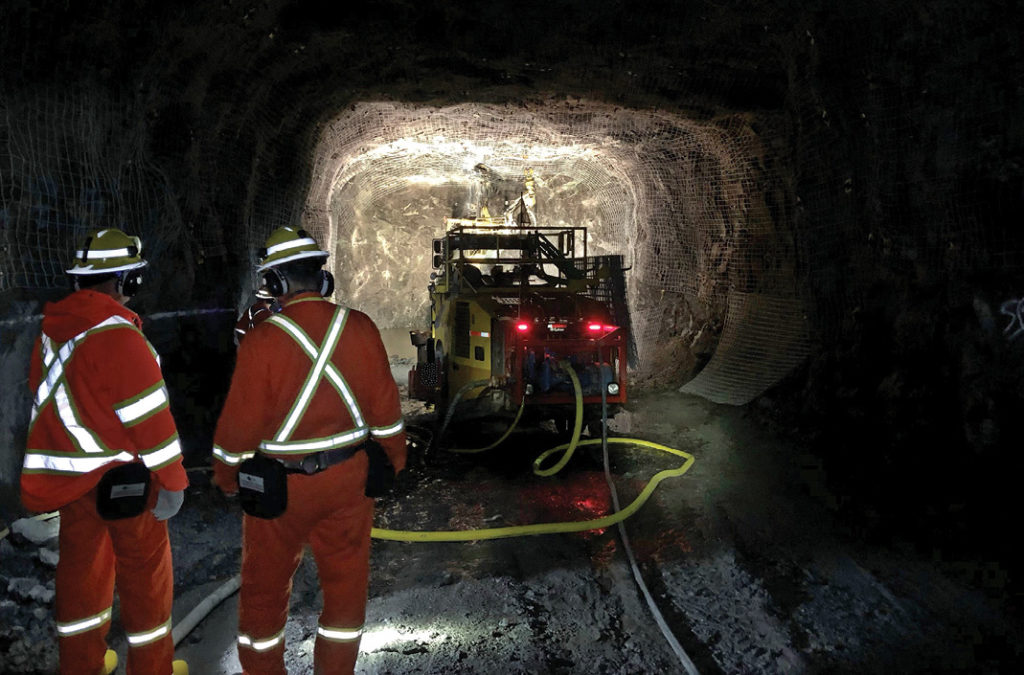Column: How do you accelerate energy transition when current crisis slams the brakes

If the answer to the energy crisis sparked by Russia’s invasion of Ukraine is a faster rollout of renewable alternatives to fossil fuels, then the problem is that the current situation is hindering the solution.
Energy security has moved to the top of the pile when it comes to government and public concerns, especially in Europe, which still faces shortages as it bans imports of Russian crude oil, refined products, and coal and Moscow severely restricts the flows of pipeline natural gas.
A preferred solution is to accelerate the energy transition by adding more renewable generation, and crucially, more storage to smooth out the inherent variability of technologies such as wind and solar.
While Europe and other countries may look to accelerate the installation of wind turbines and solar panels, as well as build the so-called gigafactories that make batteries, the risk is that they ignore the very start of the supply chain.
At the 121 Mining Investment conference in Sydney on Wednesday, the problems were put into focus by the group largely being neglected in the energy transition, the miners, and project developers.
Several executives from mining companies, both junior explorers and those in production, said the challenges of getting new projects from the early stage through to production are multiplying.
One of the factors is that the current crisis is stoking inflation, which in turn is leading central banks around the world to tighten monetary policy, which also contributes to declining equity markets.
Higher inflation boosts the costs of building and operating mines and cuts the potential returns when seeking investors.
Rising interest rates add to costs, but also to the risk profile of lending to miners, many of which don’t yet have strong cash flows and are effectively borrowing to build.
Weaker equity markets make investors more risk averse and focused on preserving capital, as opposed to committing funds to projects that will often take years to deliver returns.
Throw in the increasing environment, social and governance (ESG) requirements, and the landscape for developing new mines is getting more expensive, harder to navigate and longer to bring to fruition.
None of this bodes well for increasing the speed of the energy transition.
It’s all very well for governments and companies, especially those in Europe, to focus on what may be termed the end stage products, such as electric vehicles and battery farms, but without increasing supply of critical minerals such as lithium and cobalt, the transition will not be able to accelerate.
New methods needed
But it’s not all doom and gloom, with miners in Australia, the world’s biggest producer of lithium, working out new ways to access funding and sell production.
Accessing government-guaranteed loans is becoming vital to developing projects, with countries such as the United States and Germany increasingly looking to secure minerals from countries deemed to be friendly, as opposed to authoritarian states such as China and Russia.
Participants at the conference also talked of changing how they market their projects, citing increasing interest from end users, such as vehicle manufacturers, in becoming involved in mining, as opposed to buying exclusively from intermediate stage processors as has been past practice.
An example of this is the announcement on Tuesday by General Motors Co that it will invest up to $69 million and take an equity stake in Australia’s Queensland Pacific Metals to secure a new source of nickel and cobalt for battery cells for use in the U.S. automaker’s vehicles.
One junior miner executive at the Sydney conference, speaking on condition of anonymity as he wasn’t authorized to speak to the media, said the General Motors investment was a step in the right direction, but the real point is that small investments, while welcome, won’t be enough to drive the increase in supply needed for the energy transition.
The risk is that prices of key metals continue to surge as demand growth accelerates well beyond supply of raw materials, and investments in intermediate and final stage production ends up being under-utilized, while investment in mining is insufficient.
The price of lithium carbonate, used for batteries, has surged in the past year, with Fastmarkets assessing the cost in major consumer China at 535,000 yuan ($74,616) a tonne in the week to Oct. 7, up 205% from the same week in 2021.
With lithium expected to remain in supply deficit for several more years, it’s becoming clearer that the old ways of financing and developing mines are inefficient and too slow.
It will take a concerted effort by governments, miners, end-users, and investors to work out a way to accelerate development, while still meeting ESG goals and being as close to carbon neutral as possible.
(The opinions expressed here are those of the author, Clyde Russell, a columnist for Reuters.)
(Editing by Christian Schmollinger)
{{ commodity.name }}
{{ post.title }}
{{ post.date }}

Comments